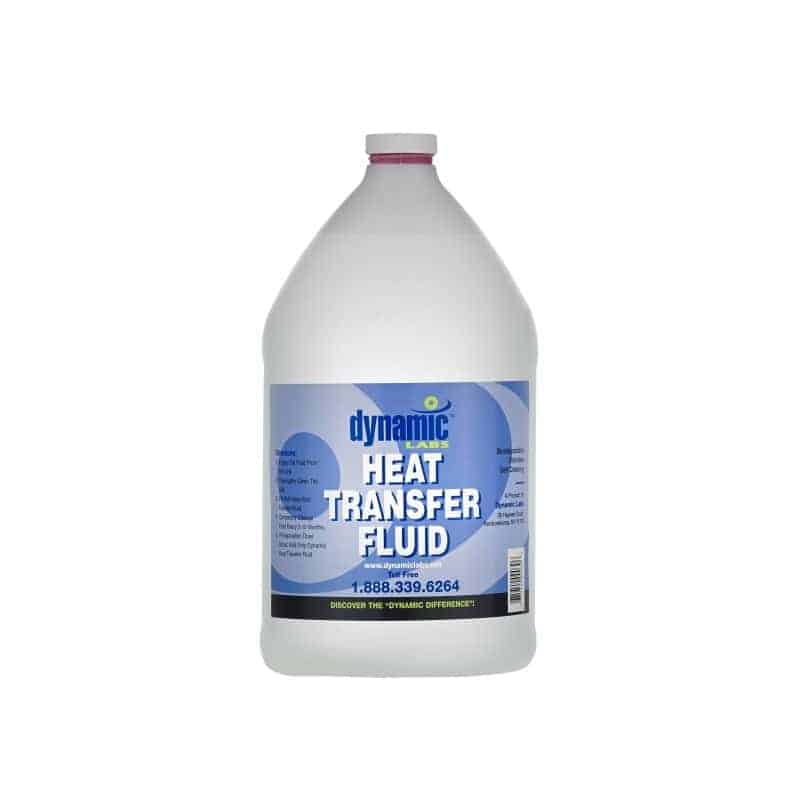The Significance of Thermal Stability in Heat Transfer Fluid Option
The Significance of Thermal Stability in Heat Transfer Fluid Option
Blog Article
The Function of Heat Transfer Fluid in Enhancing System Performance and Security
In the ever-evolving landscape of industrial processes, warmth transfer liquids (HTFs) become essential components in enhancing both system efficiency and safety and security. These specialized fluids, understood for their remarkable thermal conductivity and controlled thickness, enable reliable warm exchange, which is crucial for streamlined operations. Nonetheless, the impact of HTFs extends past mere effectiveness; their inherent thermal security and reduced flammability considerably add to run the risk of reduction. As industries grapple with the need for high-performance and risk-free operations, understanding the nuanced duty of HTFs ends up being necessary. What precisely makes HTFs so crucial in today's industrial structures?
Understanding Warm Transfer Fluids
Heat transfer fluids, frequently thought about the lifeline of thermal monitoring systems, play a critical function in regulating temperature across numerous commercial applications - heat transfer fluid. Industries such as chemical handling, power generation, and manufacturing count on warm transfer fluids to guarantee tools runs efficiently and safely.
The choice of an appropriate warmth transfer fluid is critical to the success of a thermal management system. In recap, a thorough understanding of warmth transfer liquids is crucial for enhancing system performance, guaranteeing operational security, and achieving cost-efficient thermal administration options.
Trick Residence of HTFs

The certain warmth capability of an HTF marks the quantity of warmth power called for to transform its temperature, affecting exactly how effectively the system can respond to temperature level variants. The boiling and freezing factors of HTFs additionally play a crucial duty, particularly in systems subjected to severe temperature levels, making sure liquid security and protecting against phase changes throughout procedure.
Enhancing System Efficiency
To boost system efficiency with heat transfer fluids (HTFs), it is necessary to integrate a detailed strategy that considers both liquid residential or commercial properties and system layout. The option of an appropriate HTF is essential, as its thermal conductivity, viscosity, and specific warmth capability directly impact the effectiveness of heat exchange. High thermal conductivity makes sure quick heat transfer, while ideal thickness assists in smooth flow through the system, lessening power consumption. Furthermore, a high particular warmth capability enables the fluid to store and move more thermal power, improving general system performance.
Equally essential is the design of the warmth transfer system itself. The surface location and material of use this link heat exchangers ought to be enhanced to maximize warm transfer effectiveness.
Boosting Operational Security
Guaranteeing functional security in warm transfer systems requires a meticulous concentrate on both the residential properties of warm transfer liquids (HTFs) and the design and upkeep of the whole system. HTFs need to possess thermal stability, low flammability, and appropriate thickness to lessen dangers such as leakages, fires, and system breakdowns. Choosing the best HTF is critical as it establishes the system's capacity to deal with temperature level changes without compromising safety.
The style of the system ought to incorporate redundancies and fail-safes to handle potential hazards effectively. This includes the assimilation of security valves, pressure relief gadgets, and temperature surveillance systems to discover and deal with abnormalities promptly. Regular upkeep is imperative to make certain that all parts, consisting of pumps, pipes, and seals, are working appropriately and are without wear or rust, which can result in unsafe leakages or failings.
In addition, employees accountable for the procedure and upkeep of warm transfer systems should be properly learnt security methods and emergency feedback treatments. Constant training programs and safety and security drills can substantially decrease the possibility of mishaps, ensuring a safer working setting. Ultimately, a thorough method to safety and security-- including liquid selection, system design, why not try here and workforce training-- is important for ideal operational protection.
Sector Applications of HTFs
Commonly made use of across different industries, heat transfer liquids (HTFs) play a vital role in boosting the effectiveness and dependability of thermal monitoring systems. In the chemical sector, HTFs are indispensable for preserving exact temperature levels throughout responses, making certain item consistency and top quality. They assist in warmth exchange processes in reactors, condensers, and warmth exchangers, thereby maximizing energy usage and reducing waste.
In the oil and gas market, HTFs are utilized in both upstream and downstream procedures. They take care of temperature in boring procedures and enhance efficiency in refining processes by supplying secure thermal problems. This leads to reduced downtime and improved safety, especially in vital procedures such as distillation and splitting.
The renewable resource sector likewise benefits substantially from HTFs, especially in concentrated solar energy (CSP) plants. Below, HTFs helpful resources transfer caught solar energy to power turbines, enabling reliable electrical energy generation. The pharmaceutical sector counts on HTFs for specific temperature control in both synthesis and storage, making sure item effectiveness and security.


In addition, the food and drink sector utilizes HTFs for pasteurization, sanitation, and food preparation procedures, boosting both item safety and manufacturing performance. Throughout these industries, HTFs work as vital elements in keeping optimal functional efficiency and safety and security.
Final Thought
Warmth transfer fluids are necessary in enhancing commercial system performance and security by supplying high thermal conductivity, ideal viscosity, and thermal security. Correct choice and upkeep of HTFs improve heat exchange efficiency, thus improving functional performance.
Report this page